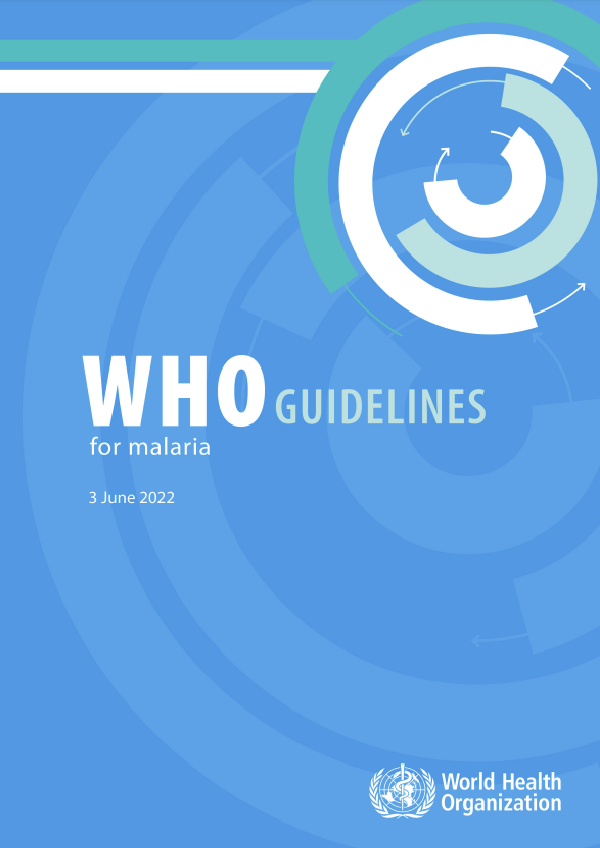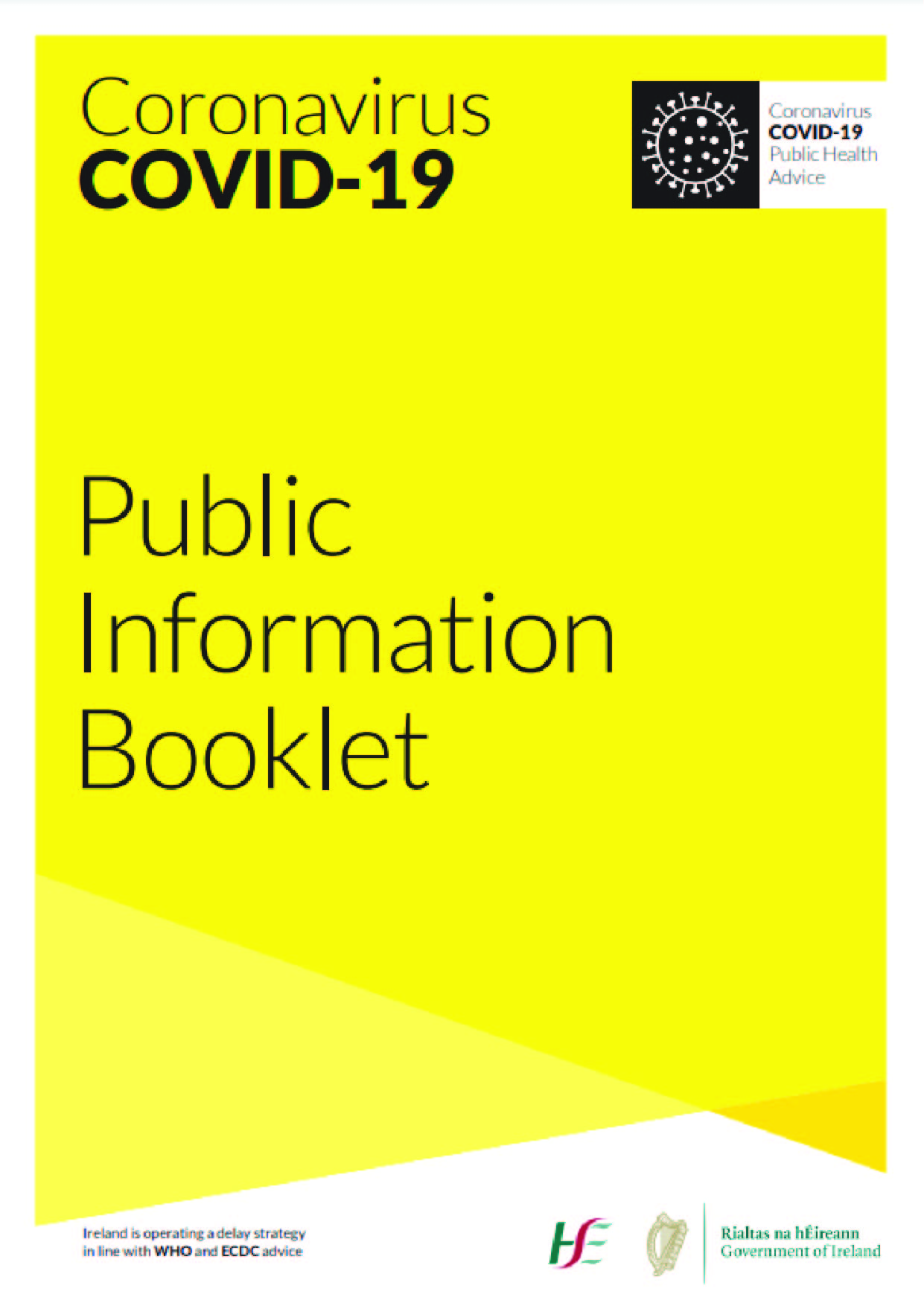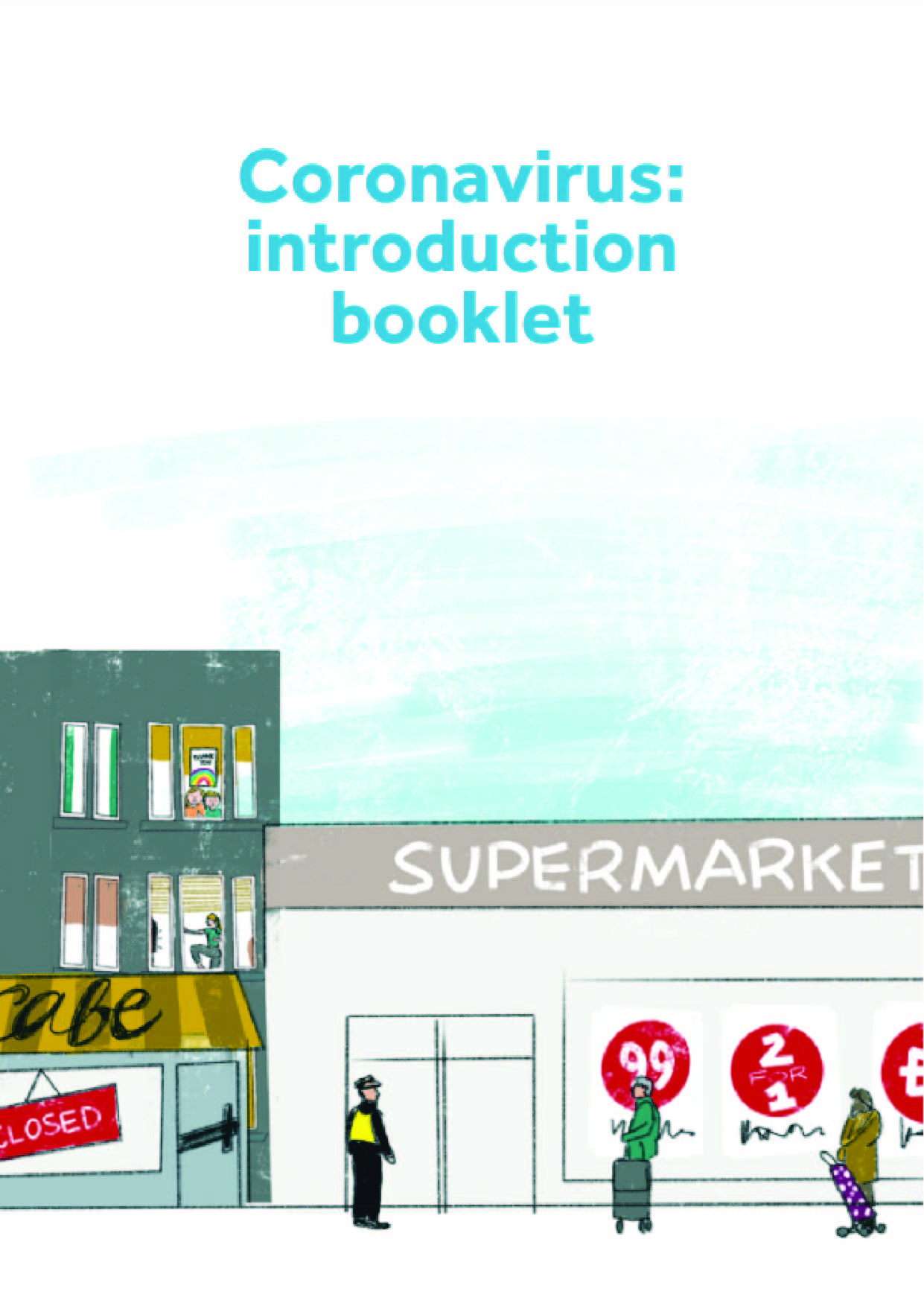Malaria is a mosquito-borne infectious disease that affects humans and other animals. Malaria causes symptoms that typically include fever, tiredness, vomiting, and headaches. In severe cases, it can cause jaundice, seizures, coma, or death. Symptoms usually begin ten to fifteen days after being bitten by an infected mosquito.
The consolidated WHO Guidelines for malaria present all of the currents WHO recommendations for malaria. These are the product of careful evaluation following standardized methods as part of the WHO process for developing guidelines. WHO uses strictly defined processes to assess the quality, consistency, and completeness of evidence to determine the strength of each recommendation.
WHO malaria recommendations tend to be short, evidence-based statements. They are usually accompanied by supplementary statements which draw attention to contextual and implementation considerations that may influence the appropriateness and impact of a recommendation in different settings. Clearly distinguishing recommendations from their associated contextual considerations provide a degree of flexibility for national policy-makers to adopt and adapt the strategies that are most appropriate in their settings.
This online platform and the associated PDF help to distinguish the formal recommendations from the supplementary statements. The Global Malaria Programme will use this platform to produce “living guidelines”, which can be updated more rapidly than printed documents as new evidence becomes available. The tabs below each recommendation enable users to access the research evidence and evidence-to-decision (EtD) frameworks that informed the recommendation. There is also a feedback tab where users are encouraged to provide input directly related to each intervention. The online platform contains links to other resources including unpublished evidence reviewed at the time of formulating recommendations, guidance and information on: strategic use of information to drive impact; surveillance, monitoring and evaluation; operational manuals, handbooks and frameworks; and a glossary of terms and definitions.
Scope
The consolidated WHO Guidelines for malaria bring together all recommendations for malaria, including prevention using vector control, preventive chemotherapy and the vaccine; diagnosis, treatment and elimination strategies. The Guidelines also provide links to other resources including guidance and information on: strategic use of information to drive impact; surveillance, monitoring and evaluation; operational manuals, handbooks and frameworks; and a glossary of terms and definitions.
The Guidelines provide:
• evidence-based recommendations pertaining to vector control tools, technologies and approaches that are currently available for malaria prevention and control, and for which sufficient evidence on their efficacy is available to support systematic reviews. The Guidelines are intended to provide an underlying framework for the design of effective, evidencebased national vector control strategies and their adaptation to local disease epidemiology and vector bionomics;
• evidence-based recommendations on the use of antimalarial medicines as preventive chemotherapy in people living in malaria-endemic areas who are at risk of malaria morbidity and mortality. These approaches include intermittent preventive treatment (IPT) in pregnancy (IPTp), perennial malaria chemoprevention (PMC), seasonal malaria chemoprevention (SMC), intermittent preventive treatment in school aged children (IPTsc), post-discharge malaria chemoprevention (PDMC) and mass drug administration (MDA);
• evidence-based recommendation on the use of the malaria vaccine;
• evidence-based recommendations on the treatment of uncomplicated and severe malaria in all age groups and situations, including in young children and pregnant women; and
• guidance on interventions in the final phase of elimination and prevention of re-establishment.
No guidance is given on the use of antimalarial agents to prevent malaria in people travelling from non-endemic settings to areas of malaria transmission. This is available in the WHO International travel and health guidance.











